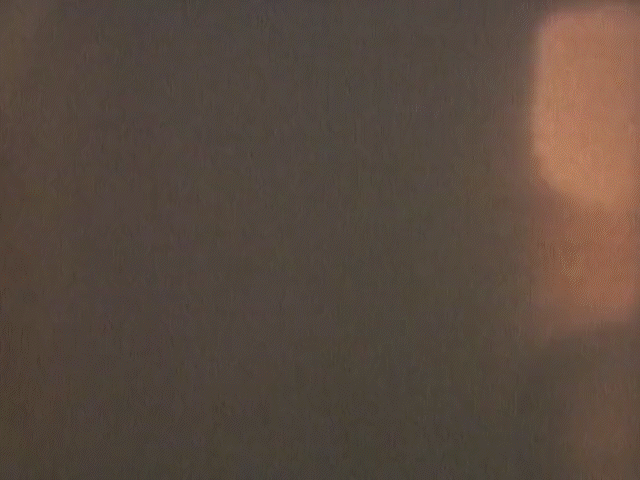Alastair Galbraith
Morse/Gaudylight
2006
Xeric
XER-CD-104
Compact disc
The sloppy nature of some of instrumentation and the songs' lo-fi sound add to the homemade allure of his music, according to fans. The feedback on "Bone Idle" continues the feedback trend that is experimented with on much of the disc. The music is often moody and atmospheric, creating an ambient and generally low-key feeling to the songs.
“A five-song EP, Gaudylight was Galbraith's formal solo debut, appearing a year before the full length Morse (and later appearing on CD with that album). With help from David Mitchell on guitar on two tracks, one also with David Saunders on bass, and Brian Jones on another, Galbraith made his own unsettlingly strange mark on shadowy New Zealand underground rock from the start. Recording in the same murky, four-track style as sometime collaborator Peter Jefferies, Galbraith has a warmer voice but an equally strange sensibility. Open-ended fragments like the rumbling feedback and random lyrics of ‘John of the Painted Eye’ and ‘Mrs. Blucher,’ and its sudden epic guitar chime, rub up against slightly more straightforward songs like ‘As in a Blender.’ Galbraith's violin -- at once down-home and pretty creepy -- adds to the just unnerving enough atmosphere more than once. The title track itself is the most appealing yet strange of the bunch, his acoustic guitar and overdubbed vocals sounding like a centuries-old invocation of something mysterious.”
Talisman
Alastair Galbraith
Talisman
2006
Xeric
XER-CD-105
Compact disc
Originally released in 1997 on Galbraith's own Next Best Way label out of New Zealand, now reissued with 7 bonus tracks. "Even more fractured and strange, if that's possible, than his slightly higher-profile solo releases, Talisman finds Alastair Galbraith deep into sonic exploration of curious, dank corners via his own brand of rock & roll. As is usually the case with his work, there's next to no percussion and only the subtlest suggestion of recurring rhythms, while the only guests this time out contribute extra guitar and, on 'Black Flame,' horn. When Galbraith pulls out all the stops, the results balance neatly between relative accessibility and pure chaos -- 'Cemetery Raga,' featuring David Mitchell on extra guitar, is calm enough up front but has some just gone feedback backing everything up, sounding almost like metal being extruded forcibly."
Alastair Galbraith/Matt De Gennaro
From the Dark (South Island):
Long Wires in Dark Museums Vol. 2
2006
Xeric
XER-CD-103
Compact disc
Multi-talented Alastair Galbraith is the glue that binds the New Zealand underground. His work ranges from achingly lyrical violin for artists as disparate as Peter Jefferies and the Bats, to the feedback squalls he conjures as member of A Handful Of Dust, to the otherworldly miniatures he crafts for his own solo albums. However, in recent years, Galbraith, along with American Matt De Gennaro, has developed another remarkable performance idiom, one that is positioned closer to the sounding sculpture of Harry Bertoia. In From the Dark (South Island), architectural idiosyncrasies are transformed into nuanced and hypnotic audio. Wires—some as long as 100 feet—are affixed throughout a building. When the wires are taught and stroked with rosined hands or a piece of leather, longitudinal vibrations are sent to the points of attachment, creating a natural resonator. It is not the wires that make the sound, but the wall, railing or window frames at their end; wire length and room acoustics determine the pitch. The result, achieved in a veil of total darkness, is a beautiful and eerie confluence of chance and accident, architecture and improvisation. As Galbraith puts it, “There is some quite magical feeling of communion turning the lights off and making the building sing.”





